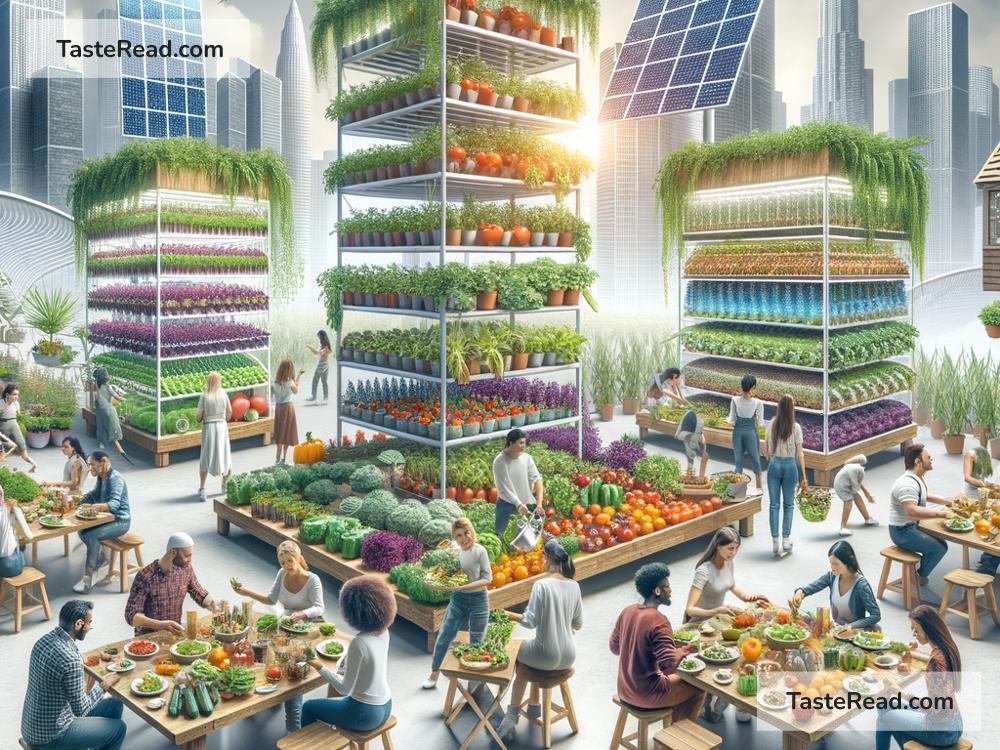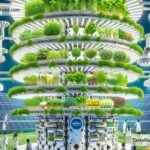The Future of Food and Equitable Food Systems: A Better Way Forward
Food is one of the most essential parts of human life. It nourishes and connects us, shaping cultures and communities. But today, not everyone has equal access to nutritious food. Millions of people live in poverty and suffer from hunger, while others consume excessively, leading to waste and health problems. Climate change, population growth, and unfair systems make the problem even worse. The future of food must address these challenges by creating equitable food systems that ensure everyone has access to healthy, sustainable, and affordable food.
What Is an Equitable Food System?
An equitable food system means fairness in how food is grown, distributed, and consumed. Everyone, regardless of their income, location, or background, should have access to the food they need to live a healthy life. It means ending hunger and malnutrition, helping farmers earn a fair income, reducing food waste, and making sure food production doesn’t harm the planet.
Building such a system isn’t just about solving hunger—it’s also about addressing inequality. Today, wealthy countries often waste huge amounts of food, while poorer regions face food shortages. Corporations control much of the world’s agricultural production, often prioritizing profit over farmers and communities. An equitable food system brings balance, ensuring no one is left behind.
The Challenges We Face
The future of food depends on tackling big challenges that impact people everywhere:
-
Climate Change: Global warming is making farming harder. Rising temperatures, droughts, floods, and unpredictable weather damage crops and disrupt food supplies. Farmers in poorer countries, who already struggle with limited resources, are hit the hardest. Sustainable farming practices will be key to produce food amid a changing climate.
-
Population Growth: The global population is expected to grow to 10 billion by 2050. Feeding more people will require increasing food production in a way that doesn’t harm the environment.
-
Food Waste: Every year, one-third of all food produced is wasted. This is shocking when millions of people are hungry. Reducing waste at all levels—from farms to supermarkets to households—is a critical step toward an equitable system.
-
Access and Inequality: Even in wealthy countries, healthy food is often expensive and harder to access for low-income families. In poorer countries, food systems are often unequal, with rural communities struggling to grow and sell their crops due to lack of infrastructure and fair policies.
The Future of Food
The future of food is about innovation, collaboration, and putting people’s needs first. Here are some exciting ideas and trends that are shaping how food systems may look:
-
Sustainable Farming: Farmers are exploring ways to grow food that protects the planet. Techniques like regenerative agriculture promote healthy soil, reduce greenhouse gas emissions, and help crops survive in tough conditions. Urban farming, where cities grow food locally, is also growing in popularity and could reduce reliance on long-distance transportation.
-
Technology and Innovation: Advances like lab-grown meat and plant-based proteins are changing how we eat. Instead of relying heavily on traditional meat production, these alternatives could lower environmental impact while providing affordable options. Precision farming, where technology helps farmers grow crops more efficiently, is also revolutionizing agriculture.
-
Reducing Waste: Organizations and governments are pushing for solutions to reduce food waste. From better storage systems on farms to apps that help restaurants donate leftover food, these efforts ensure that food doesn’t end up in landfills unnecessarily.
-
Strengthening Local Food Systems: Supporting local farmers and food production helps communities become self-sufficient. Small-scale farms that grow diverse crops are less damaging to the environment and can improve food security, especially in rural areas.
-
Fair Policies and Partnerships: Governments and big organizations need to create policies that make food systems fair for everyone. Farmers, especially in poor countries, need access to resources like loans, seeds, and infrastructure. Businesses must prioritize sustainability and work with communities instead of focusing only on profit.
-
Empowering Communities: Equitable food systems don’t just rely on big institutions. They depend on people—consumers, farmers, and community leaders—working together to create change. Education plays a big role too. When people learn about food sustainability and waste, they are more likely to make choices that benefit the planet.
Why It Matters
Building equitable food systems is not just a moral duty—it’s critical for the future of humanity. Hunger and malnutrition weaken societies, while climate change and waste threaten our planet’s health. When everyone has access to nutritious, affordable food, people can thrive, economies can grow, and communities can become stronger.
By investing in innovation, supporting farmers, and creating fair food policies, we can address inequality and create systems that work for everyone—not just the wealthy or privileged. It’s about working together to create a future where food brings people together rather than dividing them.
Small Actions Lead to Big Change
As individuals, we also have the power to make a difference. Eating less meat, reducing food waste, buying from local farmers, and advocating for better food policies are small but powerful actions. When combined with efforts from governments, businesses, and communities, these changes can lead to a fair and sustainable future for food.
The future of food isn’t just about surviving; it’s about thriving. By prioritizing equity, sustainability, and innovation, we can ensure that the food on our plates tells a story of hope, fairness, and care for the planet.


